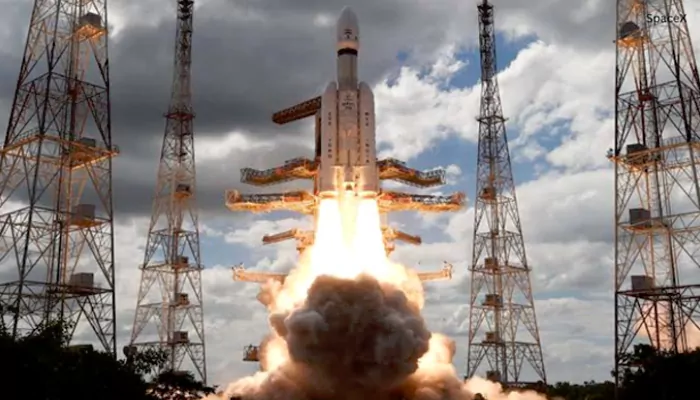
Here are today’s most important updates from the realm of Science and Space.
New Diabetes Variant Identified—Type 5 Is Now Official
Type 5 diabetes, which affects lean and undernourished young adults in low- and middle-income countries, has at last been officially recognised as a distinct form of the disease by the International Diabetes Federation (IDF). Neglected for decades in research and frequently misdiagnosed, it has taken a long time for Type 5 diabetes, caused by malnutrition-induced lowering of insulin production, to gain official recognition. It's caused by malnutrition-induced reduction in insulin production, unlike Type 2 diabetes, which involves insulin resistance. It highlights a vastly underdiagnosed and poorly understood health problem affecting approximately 25 million people globally.
Workaholic Warning: Your Brain Might Be Paying the Price

Working long hours may alter the structure of your brain, a new study has found. The research found "significant changes" in the brains of people who were overworking and It looked at the impact of overwork on specific regions in health workers who regularly clocked up more than 52 hours a week. The study concluded that being "overworked" could affect the part of the brain linked with problem-solving and memory, as well as impacting mental health. The researchers said, "The results underscore the importance of addressing overwork as an occupational health concern and highlight the need for workplace policies that mitigate excessive working hours.
Two Sides, One Moon: The Science Behind Its Mismatched Look

An exhaustive examination of lunar gravity using data obtained by two NASA robotic spacecraft is offering new clues about why the two sides of the moon - the one perpetually facing Earth and the other always facing away - look so different. It was apparently caused by intense volcanism on its nearside billions of years ago that helped shape its surface features. The researchers discovered that the lunar nearside flexes slightly more than the farside during its elliptical orbit around Earth thanks to our planet's gravitational influence - a process called tidal deformation. The moon's nearside is covered by vast plains, called mare, formed from molten rock that cooled and solidified billions of years ago. Its farside has much more rugged terrain, with few plains.
Mars Glows Green: NASA’s Rover Records a Cosmic First

As the Sun unleashed one of the strongest eruptions in over two decades in 2024, the results were visible not just on Earth, but across the Solar System. The Perseverance rover watched the impact felt by the Martian skies as they turned green from the solar storm that left the Sun on March 15, 2024. “Perseverance’s observations of the visible-light aurora confirm a new way to study these phenomena that’s complementary to what we can observe with our Mars orbiters,” said Katie Stack Morgan, acting project scientist for Perseverance.


.WEBP)









